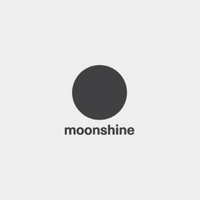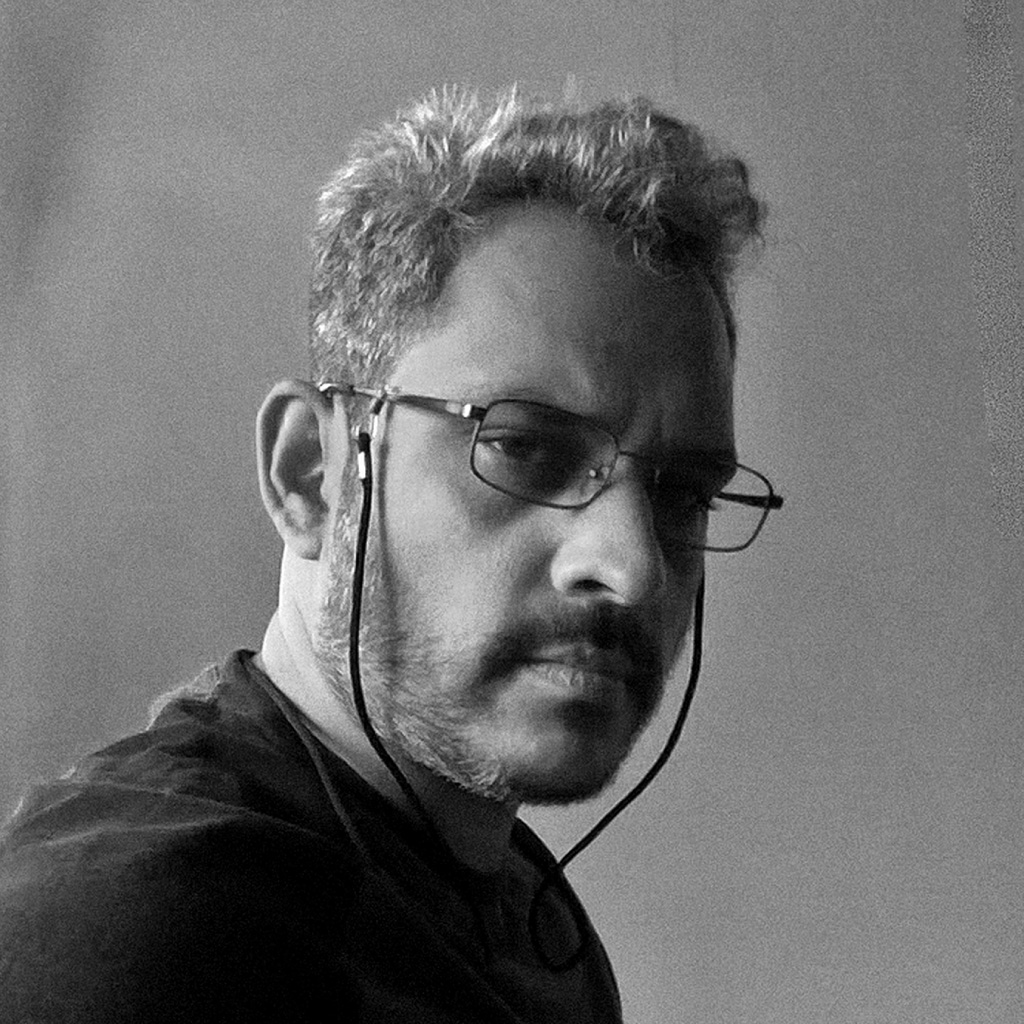With Oddly Enough, we’re gathering to celebrate design in our everyday lives. This is design that’s all around us — often invisible, but always influential. We’re delving into the ways it shapes our daily interactions.
Take, for instance, our cities. These are our spaces. Stepping out of our homes, it’s where we navigate roads, saunter in parks, take cover under trees, and rush in and out of buildings. As historical hotspots as well as modern-day machines, our cities are also full of secret treasures. Sometimes, these can be found by paying attention to the details around us. Other times, it’s stepping in to see what you can do — whether that’s participating in local initiatives, making the most of your neighbourhood or even just spending time out in the open.
With Oddly Enough Nº2, in association with G5A Foundation for Contemporary Culture, we observed our cities. How could we make our cities not only more efficient but also more engaging? How do public spaces affect us subconsciously? How does design make our cities friendlier? We examined our lives in the city and looked at how design could enrich our experiences.
Our panel comprised experts who’ve worked towards constructing contextual spaces, producing maps that encourage interaction with one’s city, and documenting the evolution of a city like Mumbai. We had architect Sameep Padora, designer Ruchita Madhok, and photographer Chirodeep Chaudhuri on the panel, which was moderated by designer Ayaz Basrai.
The panel discussion was followed by a mixer, co-hosted with Moonshine Meadery.
Photos from the event






With support from

Moonshine Meadery
About the Panellists

Ayaz Basrai (Moderator)
Ayaz Basrai graduated in Industrial Design, specialising in Product Design, from the National Institute of Design, Ahmedabad in 2003. In 2006, he set up The Busride Design Studio, with his architect brother Zameer. The independent design studio specialises in the design and creation of built environments, ranging from hospitality and entertainment, to film and production environments, exhibitions, installations, institutional and architectural environments. More recently, Basrai heads the studio’s research arm, The Busride Lab, based in Goa, which works with research on heritage conservation and futures, at the intersection of technology, design and art.

Sameep Padora
Sameep Padora & Associates (sP+a), is a multiple award-winning, Mumbai-based architecture studio. In 2016, he founded sPare, the research arm of the studio. sPare’s maiden project — a documentation and analysis of historic housing types within the city of Mumbai — resulted in a travelling international exhibition, ‘In the Name of Housing’, and a book on the subject. He is also a co-founder of the not-for-profit, Bandra Collective, an organisation of architects engaging with the design of public spaces in the city of Mumbai.

Ruchita Madhok
Ruchita Madhok’s practice lies at the intersection of the creative industries and cultural economy in India. With a background in exhibition design and scenography, she is Principal Designer of Kahani, where she leads the studio’s engagement with arts and culture organisations. Tapping into her passion for cultural heritage, Madhok is also the Founder and Editor of Storycity books, maps and guides, Kahani’s research effort devoted to interpreting the urban experience in creative ways.

Chirodeep Chaudhuri
Chirodeep Chaudhuri began his career in advertising and has since gone on to work with a newspaper, a few magazines and a website over the last 22 years. He was also the Editor-of-Photography for ‘National Geographic Traveller India’. His work has been featured in publications across India. He is the author of the critically feted book ‘A Village In Bengal: Photographs and an Essay’. Chaudhuri’s work documents the urban landscape and he has often been referred to as the “chronicler of Bombay”. During his career, he has documented his home city in a range of projects like ‘Bombay Clocks’, ‘The One-Rupee Entrepreneur’, ‘The Commuters’, ‘In the City’, ‘A Library’, among others.
Past Events

What does it take to build a brand that can sustain itself? How do you reach the right audience? What skill sets do you need to establish a business and sell a product?

With Oddly Enough Nº3, in association with G5A Foundation for Contemporary Culture, we’re looking at how design can respond to climate change.




